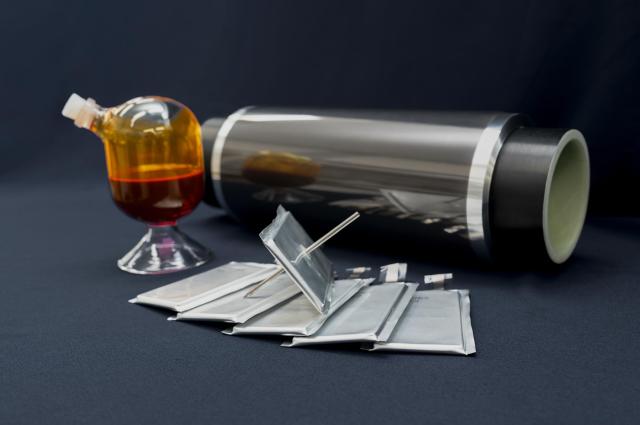
Its research team created a temperature-responsive safety-enhancing functional layer that acts like a fuse, cutting off electrical flow when temperatures rise abnormally.
The ultra-thin layer, about 1 micrometer thick, is placed between the diodes and the current collector in the battery.
In tests with mobile phone batteries, those equipped with the new material showed no instances of fire when punctured, compared to an 84 percent combustion rate in regular batteries.
For EV batteries subjected to impact tests, 70 percent with the new material avoided fires, while all standard batteries caught fire.
"This is a tangible research achievement that can be applied to mass production processes in a short time," said Lee Jong-gu, CTO of LG Chem.
LG Chem plans to complete safety verification tests for mobile batteries and continue testing on large-capacity EV batteries until next year.
The research findings were published in the September issue of the scientific journal “Nature Communications.”
Copyright ⓒ Aju Press All rights reserved.




